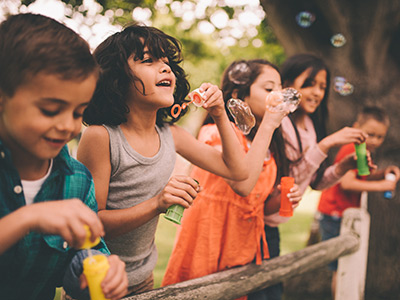Child Protective Services (CPS)


Child Protective Services responsibilities include:
- Providing services to children and families in their own homes.
- Placing children in foster care.
- Providing services to help youth in foster care successfully transition to adulthood.
- Helping children get adopted.
Frequently Asked Questions
- What happens when DFPS removes my child?
- How old does my child need to be to stay home alone?
- How do I find a form?
- How do I get a copy of a case record?
Child Protective Services (CPS) becomes involved with children and families when they are referred by the DFPS Investigations division, which investigates allegations of child abuse and neglect.
Family Services
CPS provides families a variety of services to strengthen families so children can stay safe at home with their parents.
- Family-Based Safety Services (FBSS) | Spanish
- Family Group Decision Making (FGDM)
- Parenting Classes
When Children Are in State Care
Stop Child Abuse
- Report Child Abuse or Neglect
- Know the Signs of Child Abuse
- Get Parenting Tips
- Ways to Keep Children Safe
Data, Statistics and Presentations
- CPS Data and Statistics
- Legislative Presentations and Reports
- Monthly Statistics About Children in DFPS Care
- Stakeholder Webinars
State Laws and CPS Policies
- Legal Definitions of Abuse and Neglect
- Rulemaking
- CPS Policies and Procedures
CPS Trainings
- Normalcy Training for Foster Parents
- Necesidad de normalidad: Entrenamiento para padres de acogida temporal
- Trauma Informed Care Training
- Medical Consent Training for Non-DFPS Employees
- Capacitación sobre el consentimiento médico
- Runaway Prevention Training
- Psychotropic Medications
Reporting Abuse to CPS




